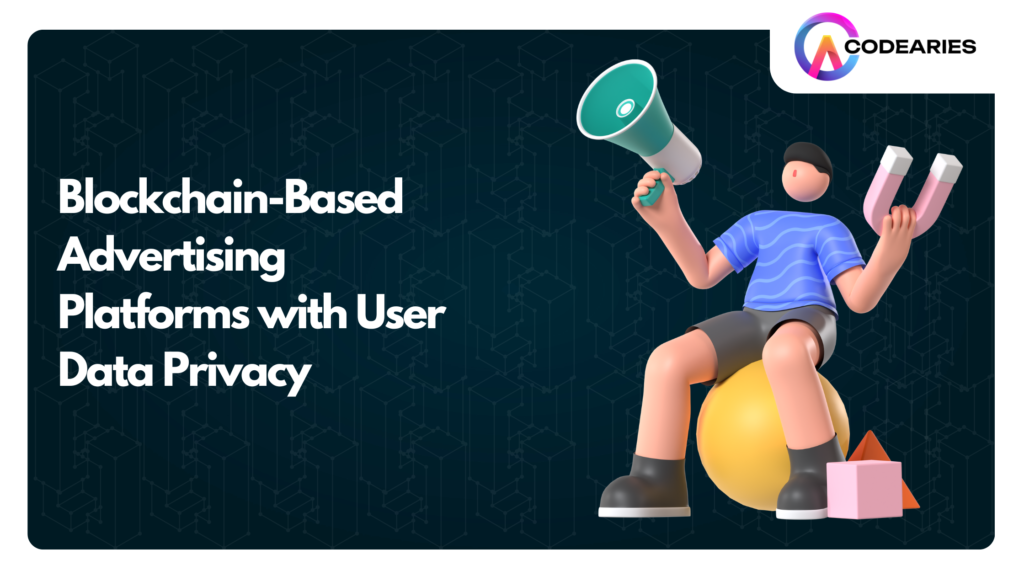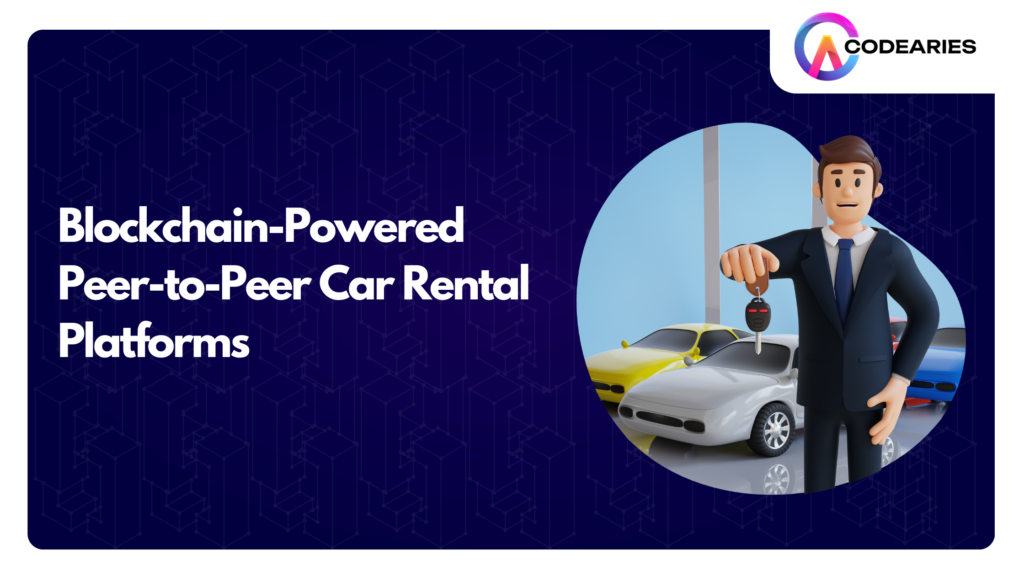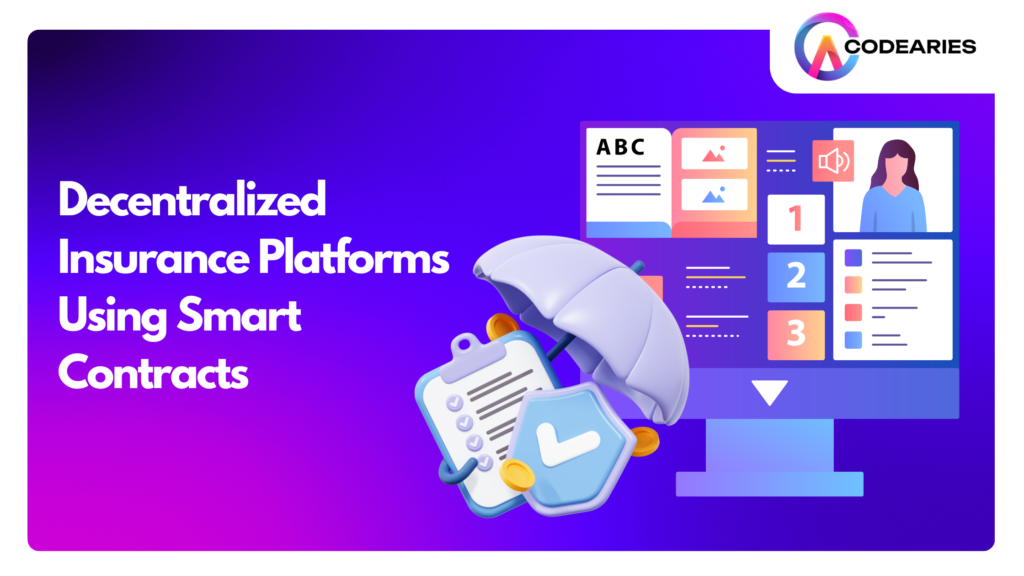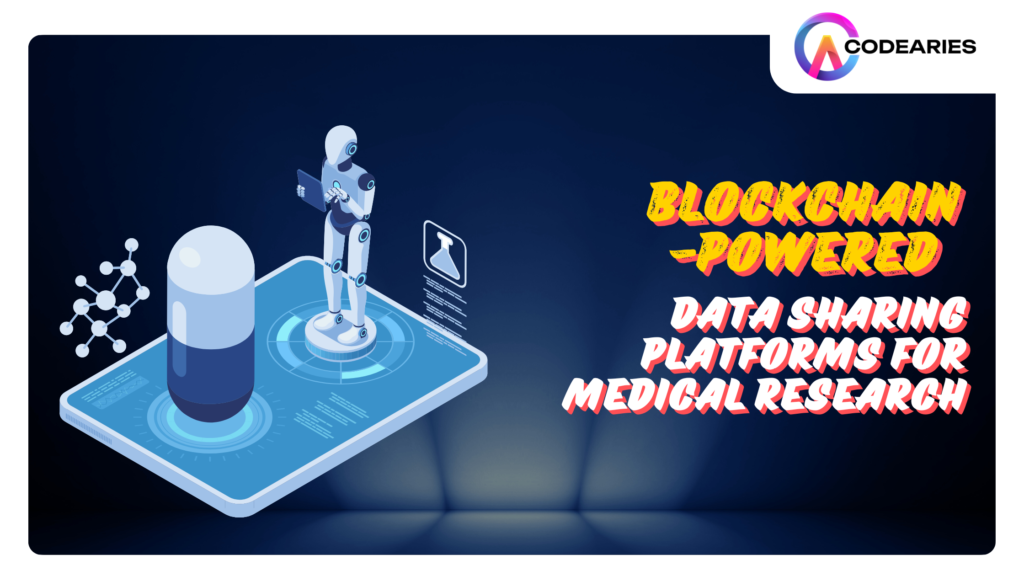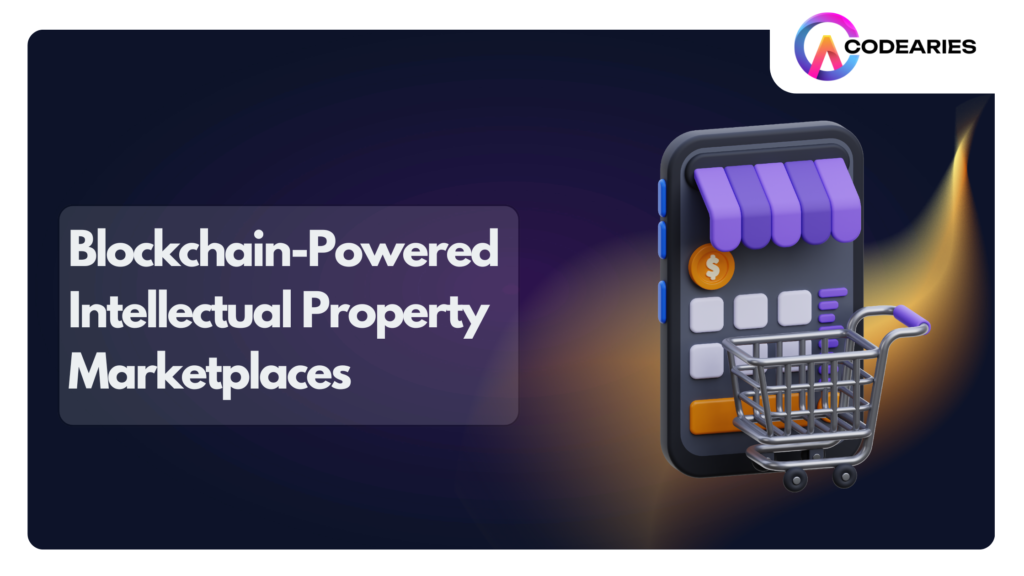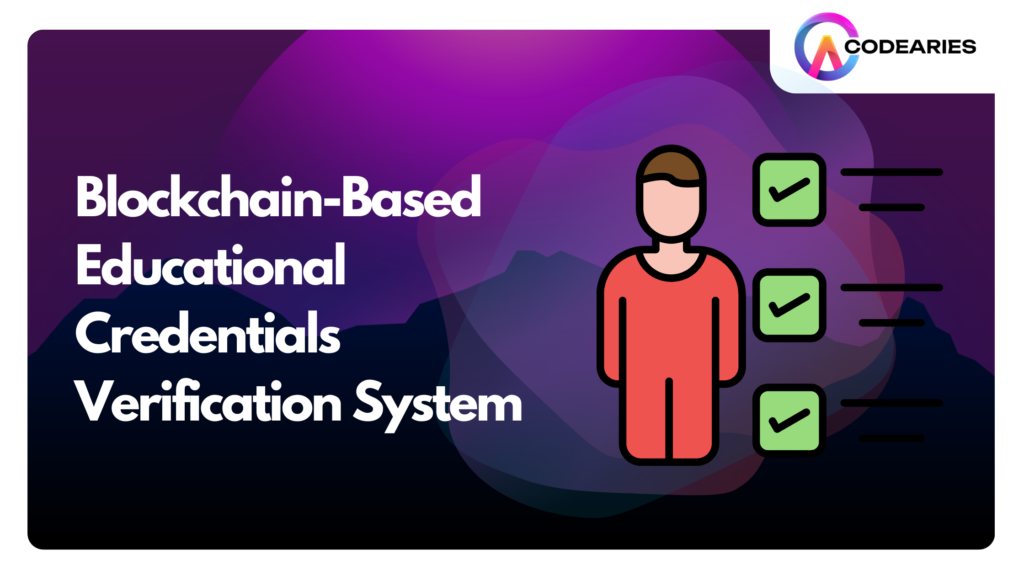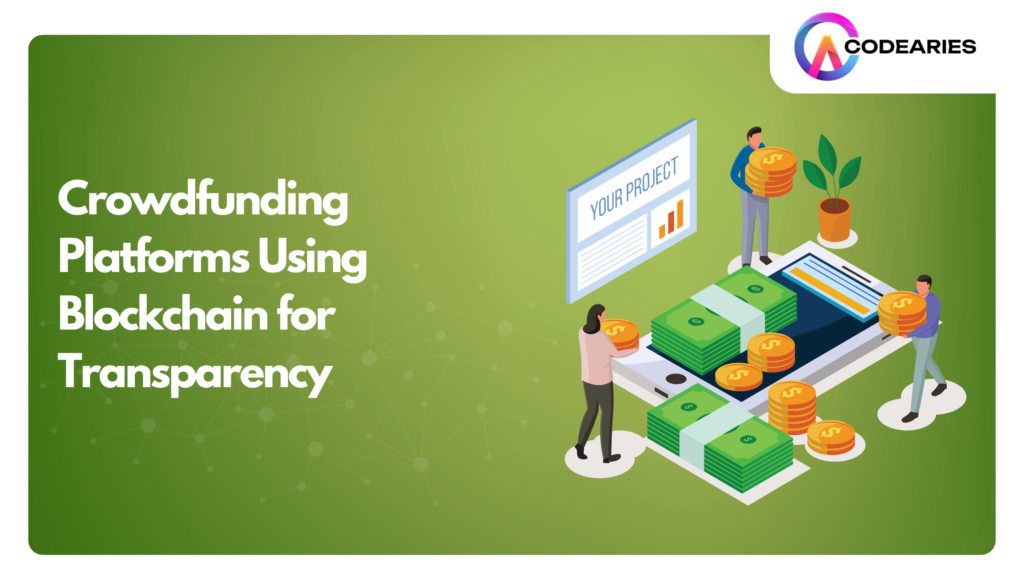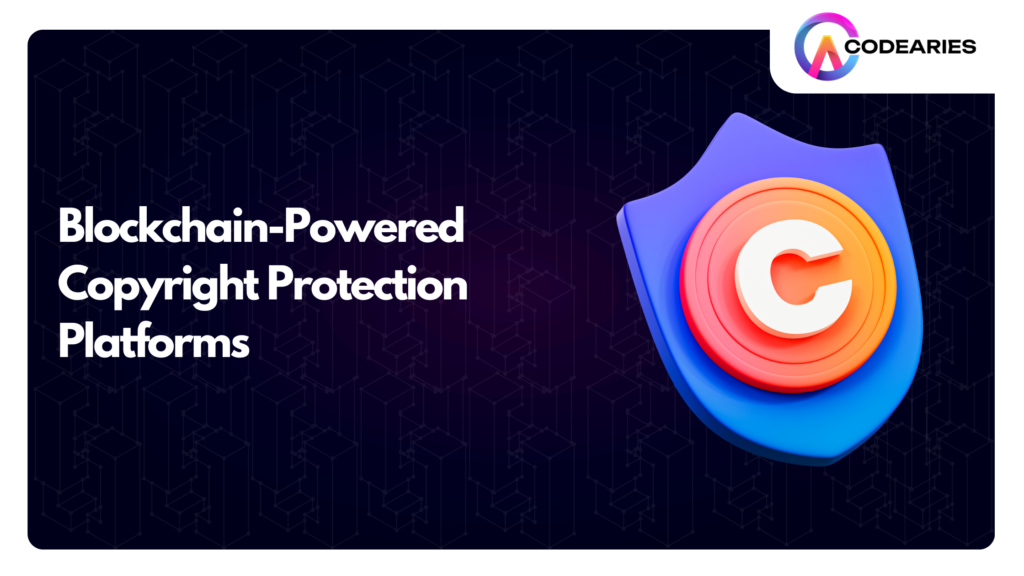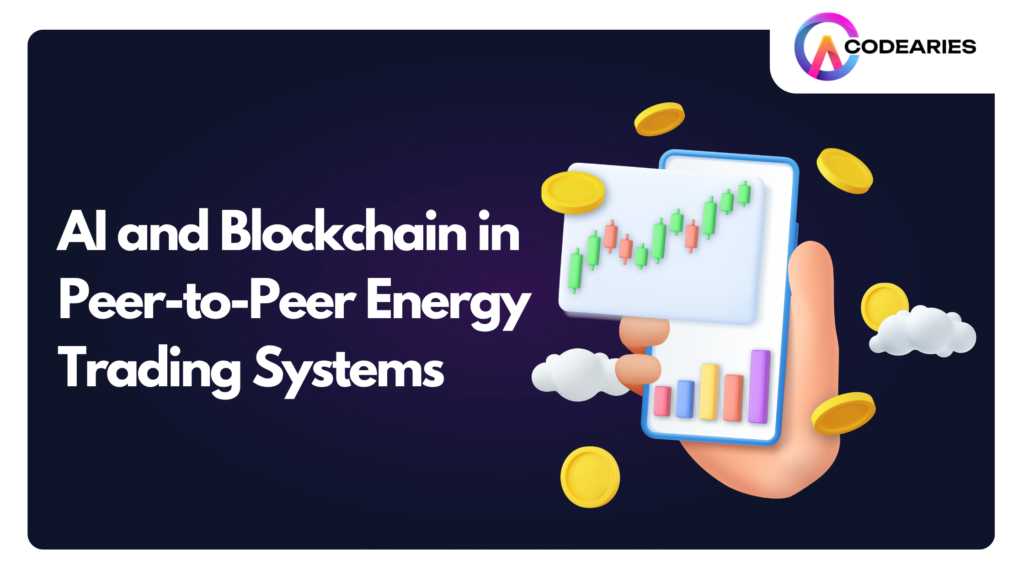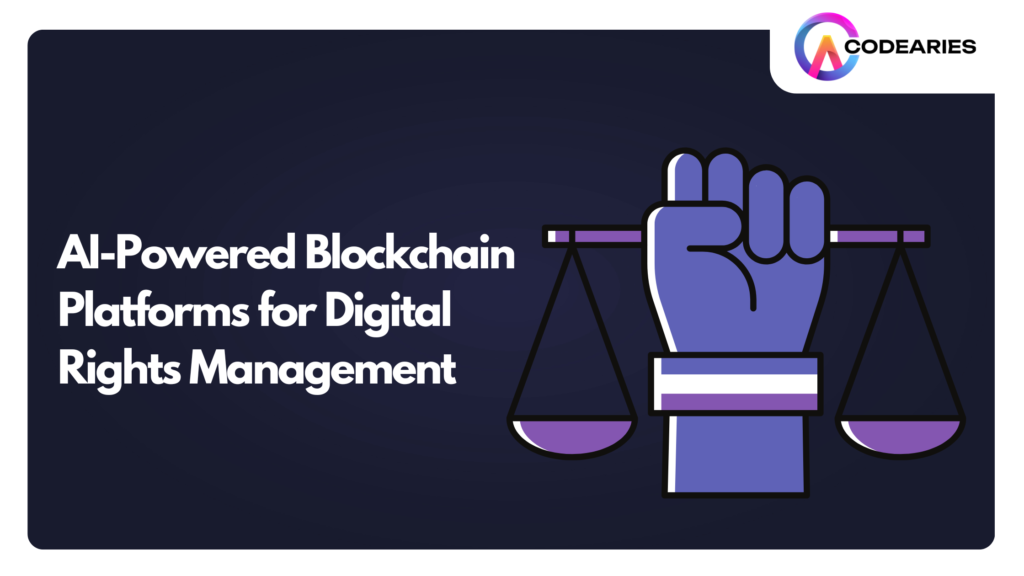Blockchain-Based Advertising Platforms with User Data Privacy
Read 5 MinImagine browsing the internet without intrusive pop-ups or shady trackers monitoring your every click. A world where you decide what personal data to share and even earn rewards for viewing ads tailored to your preferences. This isn’t a sci-fi future—it’s the promise of blockchain-based advertising platforms. As the demand for ethical digital advertising grows, blockchain technology is stepping up to solve long-standing issues like data exploitation, ad fraud, and lack of transparency. Let’s dive into how these platforms are reshaping advertising with user data privacy at their core. What Are Blockchain-Based Advertising Platforms? At their heart, blockchain-based advertising platforms are built on decentralization and transparency. Unlike traditional systems controlled by big corporations, these platforms rely on blockchain technology to ensure fair and secure transactions between advertisers, publishers, and users. Blockchain in Media, Advertising, and Entertainment Market size was valued at USD 1.34 billion in 2023 and is projected to exceed USD 1.62 trillion by 2036, expanding at over 72.7% CAGR during the forecast period i.e., between 2024-2036. How they work: These platforms aren’t just a tech upgrade—they represent a cultural shift toward accountability and fairness in digital advertising. Why Is User Data Privacy a Critical Issue in Advertising? In the era of data-driven marketing, your personal information is a goldmine. But the ways it’s collected, shared, and sold often cross ethical lines. Blockchain-based platforms tackle these problems head-on, ensuring data privacy isn’t just a buzzword but a built-in feature. How Blockchain Guarantees Data Privacy So, how does blockchain achieve what traditional advertising platforms struggle with? It’s all about the underlying principles of decentralization, encryption, and user control. This shift puts users back in control, offering a level of privacy that’s been sorely lacking in traditional advertising systems. Transparency: A Game-Changer in Advertising The advertising industry has long been criticized for its murky practices—hidden fees, fake metrics, and opaque spending. Blockchain flips the script by making everything transparent: With blockchain, transparency isn’t just a perk—it’s the foundation of trust in digital advertising. Empowering Users with Data Ownership One of the most revolutionary aspects of blockchain advertising is giving users ownership of their data. This isn’t just about privacy—it’s about choice. The era of being treated like a product is ending. Blockchain puts you in the driver’s seat. Features That Make Blockchain Advertising Stand Out Blockchain-based advertising platforms bring a suite of innovative features to the table: These features not only protect privacy but also enhance the user experience, making ads less intrusive and more engaging. The Role of Smart Contracts in Advertising Smart contracts are digital agreements that execute themselves when certain conditions are met. They’re a cornerstone of blockchain advertising platforms, enabling: By removing intermediaries and delays, smart contracts create a more efficient advertising ecosystem. Real-Life Examples of Blockchain Advertising Platforms Several platforms are already redefining the advertising landscape: These pioneers highlight the transformative potential of blockchain in creating ethical, user-first advertising systems. Why Advertisers and Users Are Embracing Blockchain Advertising For Advertisers: For Users: Conclusion: A Bright Future for Ethical Advertising Blockchain-based advertising platforms are more than just a technological innovation—they’re a revolution in how brands connect with audiences. By prioritizing transparency, user control, and ethical practices, these platforms are paving the way for a fairer, more engaging advertising ecosystem. Whether you’re an advertiser looking to optimize campaigns or a user tired of invasive practices, blockchain offers a future where everyone wins. The question isn’t whether this shift will happen—it’s how quickly you’ll embrace it. FAQs Does Blockchain Support Data Privacy? Yes, blockchain supports data privacy by leveraging cryptographic techniques and decentralized architecture. Public blockchains provide pseudonymity, where identities are concealed behind cryptographic addresses, while private blockchains can implement strict access controls to ensure data confidentiality. Zero-knowledge proofs, encryption, and multi-signature transactions are some mechanisms used to protect data privacy. What Is an Example of Blockchain Marketing? An example of blockchain marketing is Brave Browser and the Basic Attention Token (BAT). Brave uses blockchain to revolutionize digital advertising by allowing users to earn BAT tokens for viewing ads while ensuring privacy. Advertisers can target audiences effectively without compromising personal data, creating a win-win scenario for all parties. Is Blockchain Good for Data Security? Yes, blockchain is highly secure due to its immutable, decentralized, and cryptographic design. Data is stored in distributed ledgers where every block is cryptographically linked to the previous one, making tampering nearly impossible. Additionally, advanced encryption ensures that sensitive information is protected, while consensus mechanisms like Proof of Work (PoW) or Proof of Stake (PoS) validate transactions securely. What Is a Real-Life Example of a Private Blockchain? A real-life example of a private blockchain is Hyperledger Fabric, used by Walmart for food supply chain management. Walmart uses this private blockchain to track and trace food products from farm to store, ensuring quality control, transparency, and efficient recall processes. This system is accessible only to authorized participants, maintaining security and privacy.

